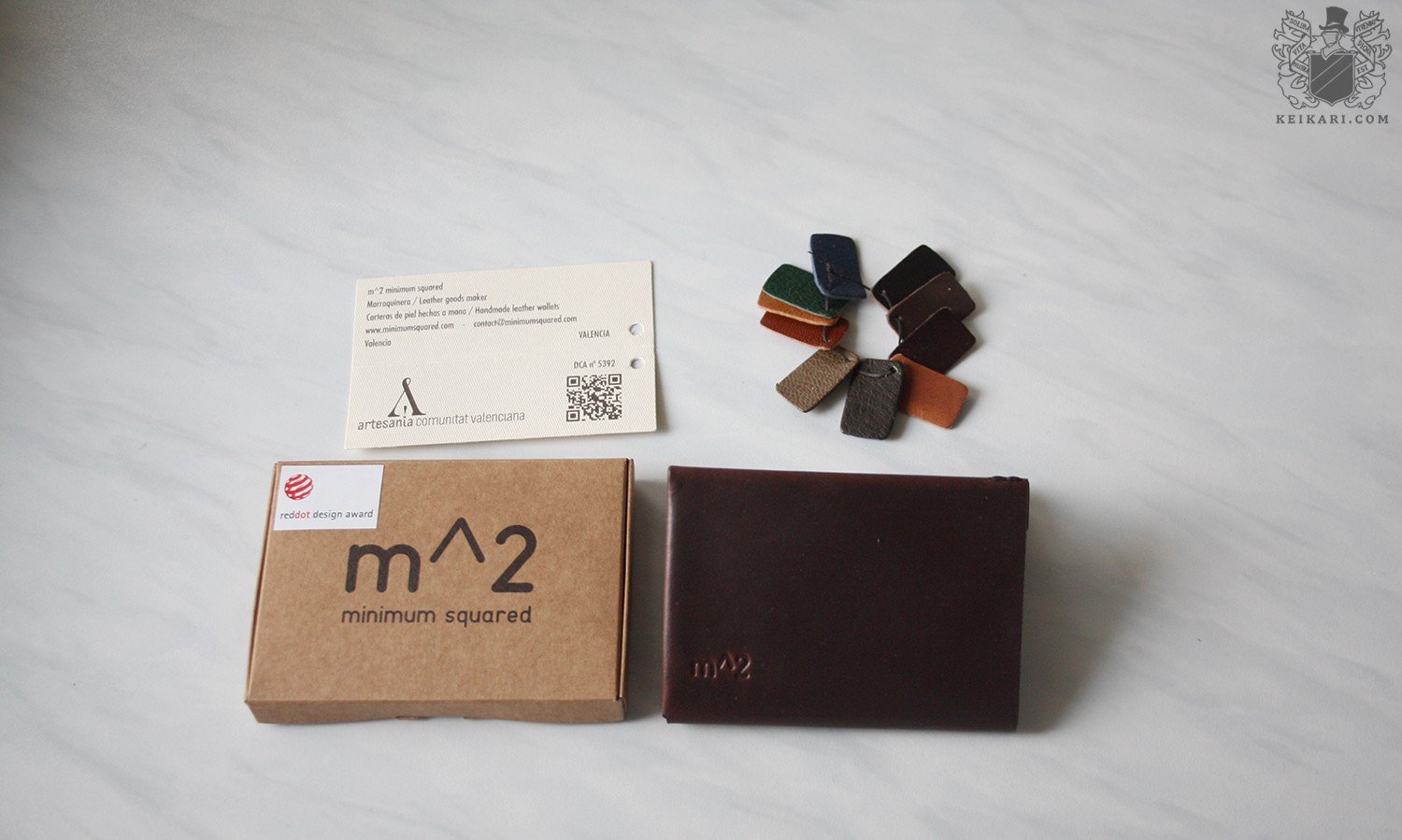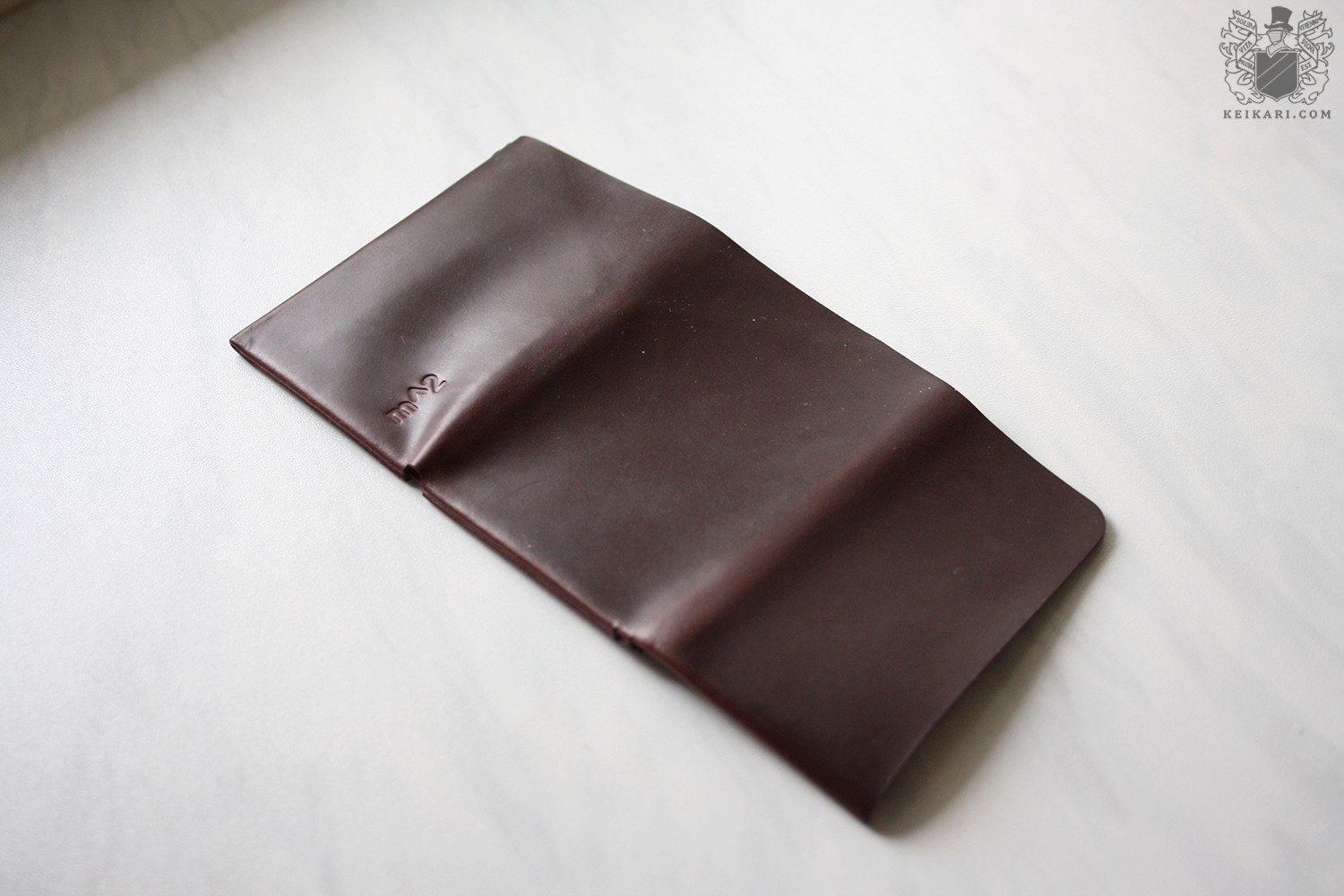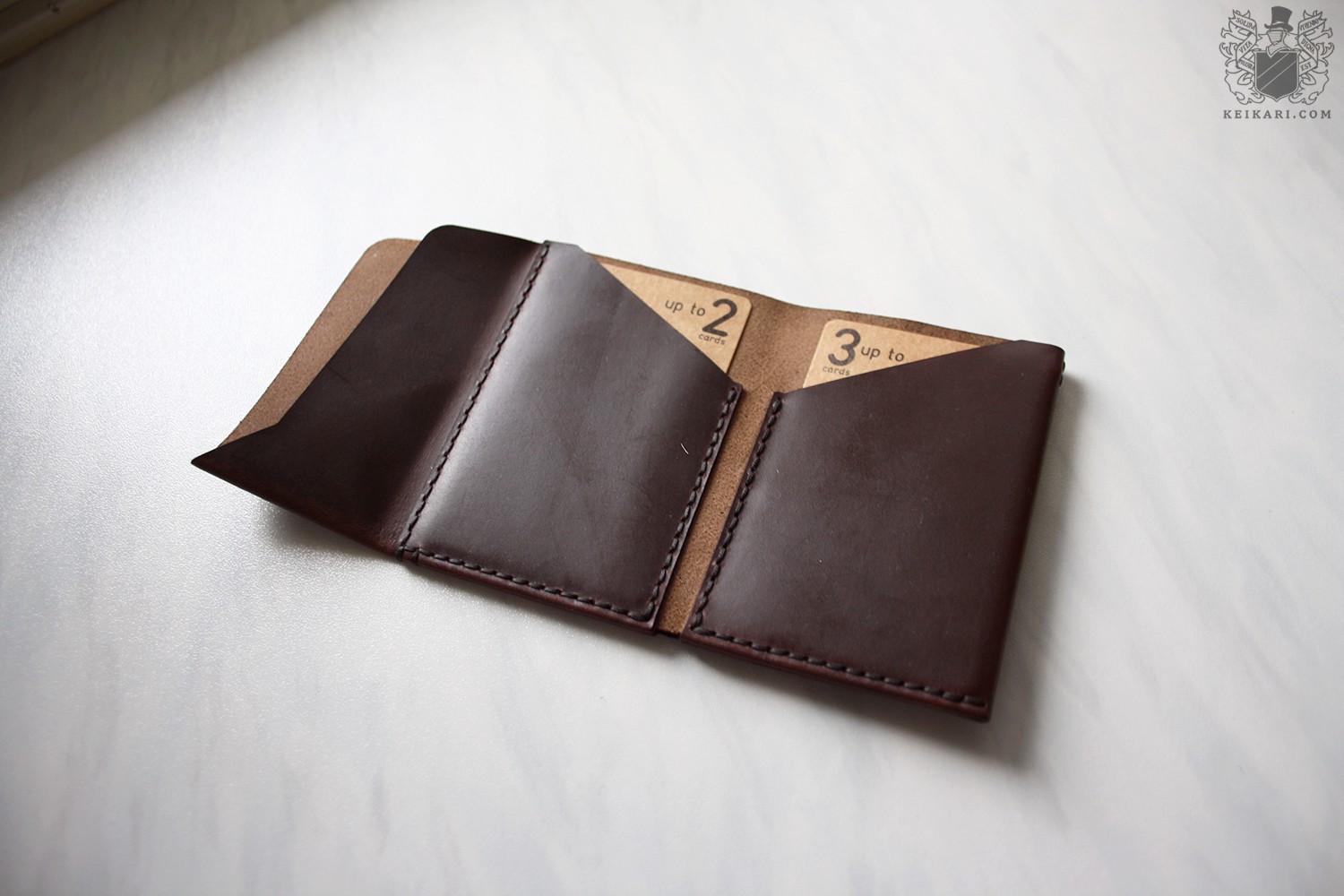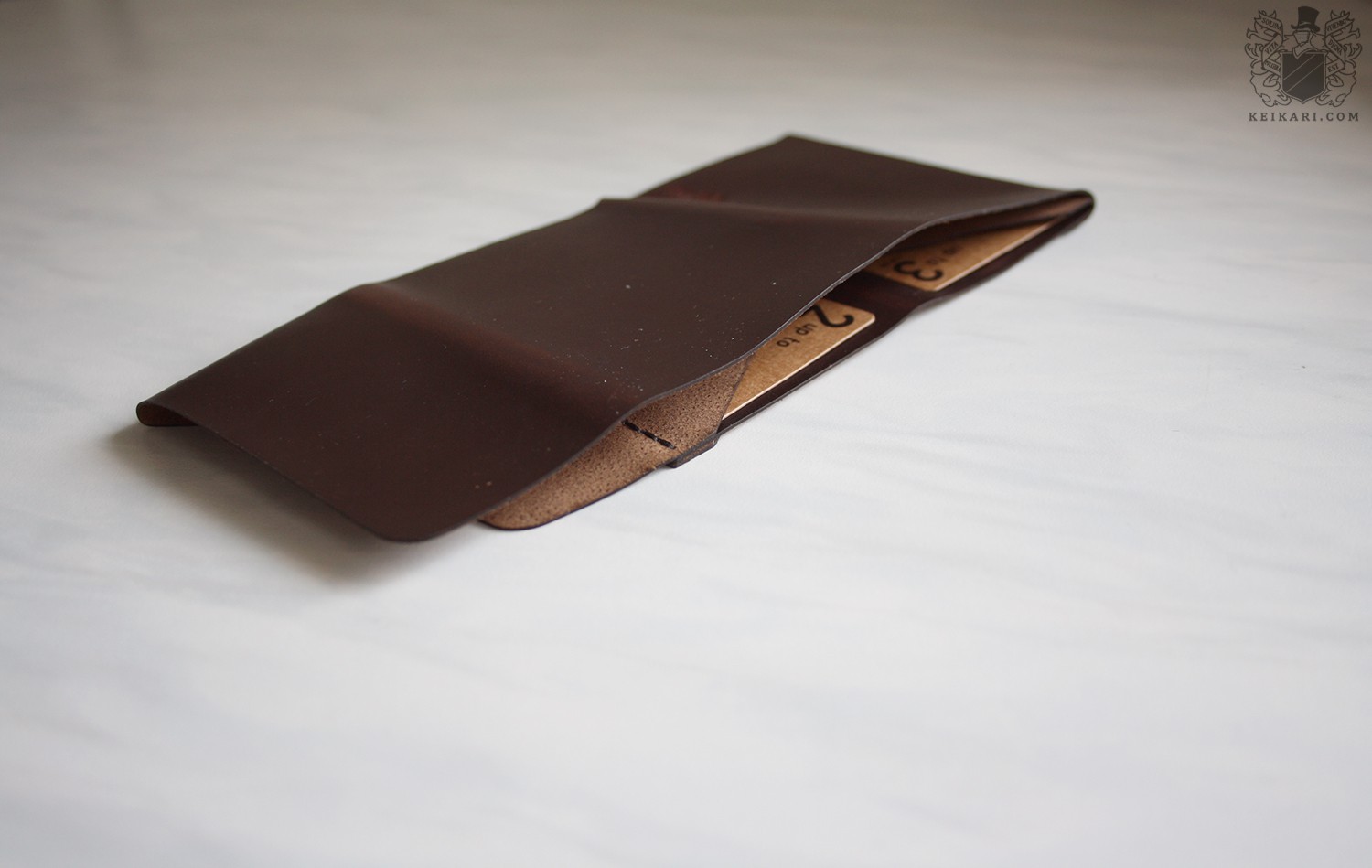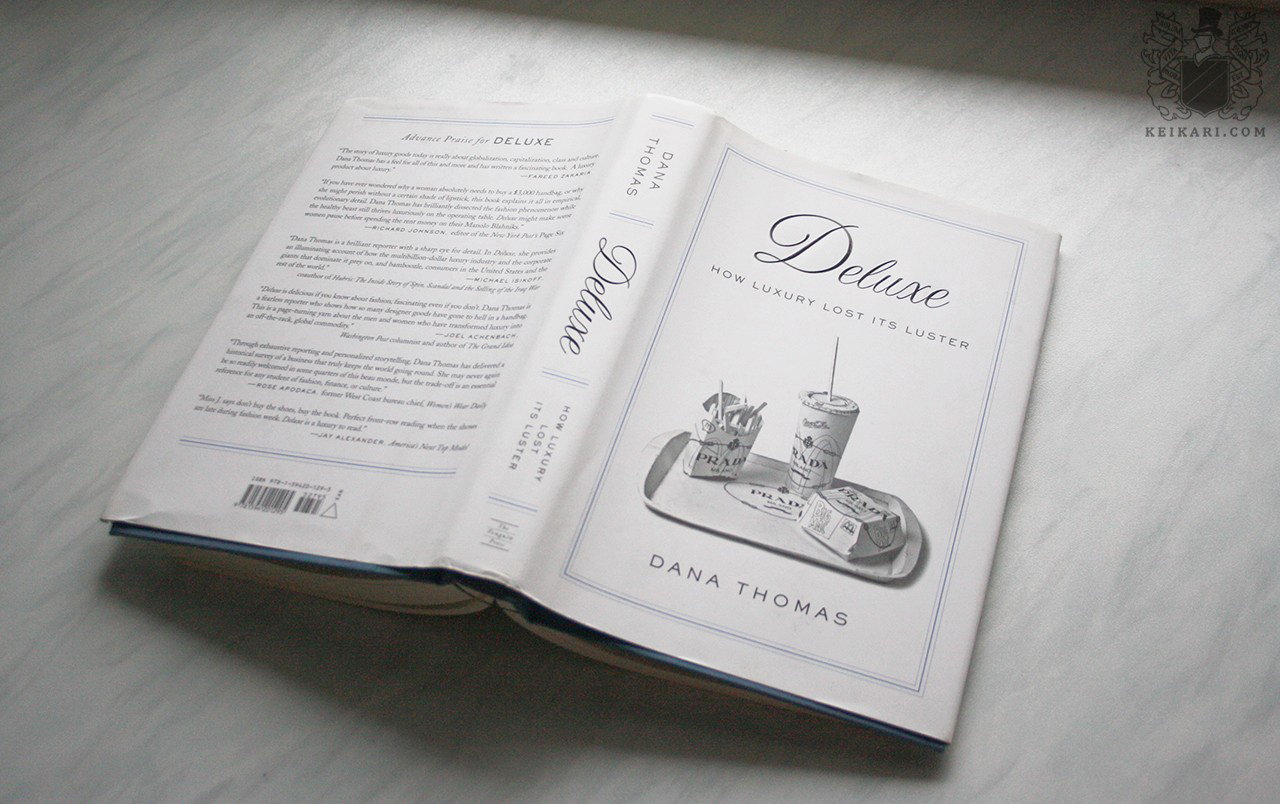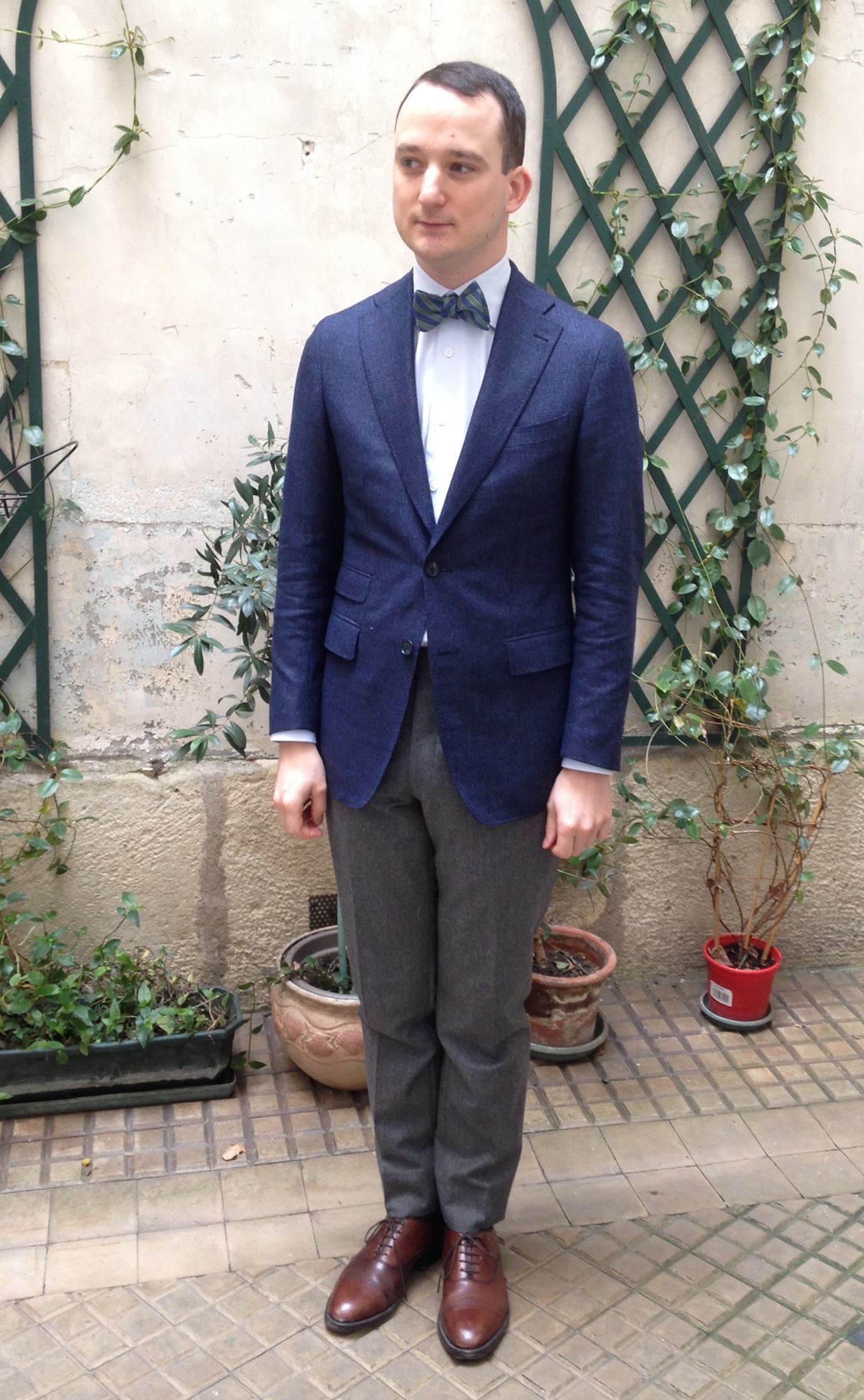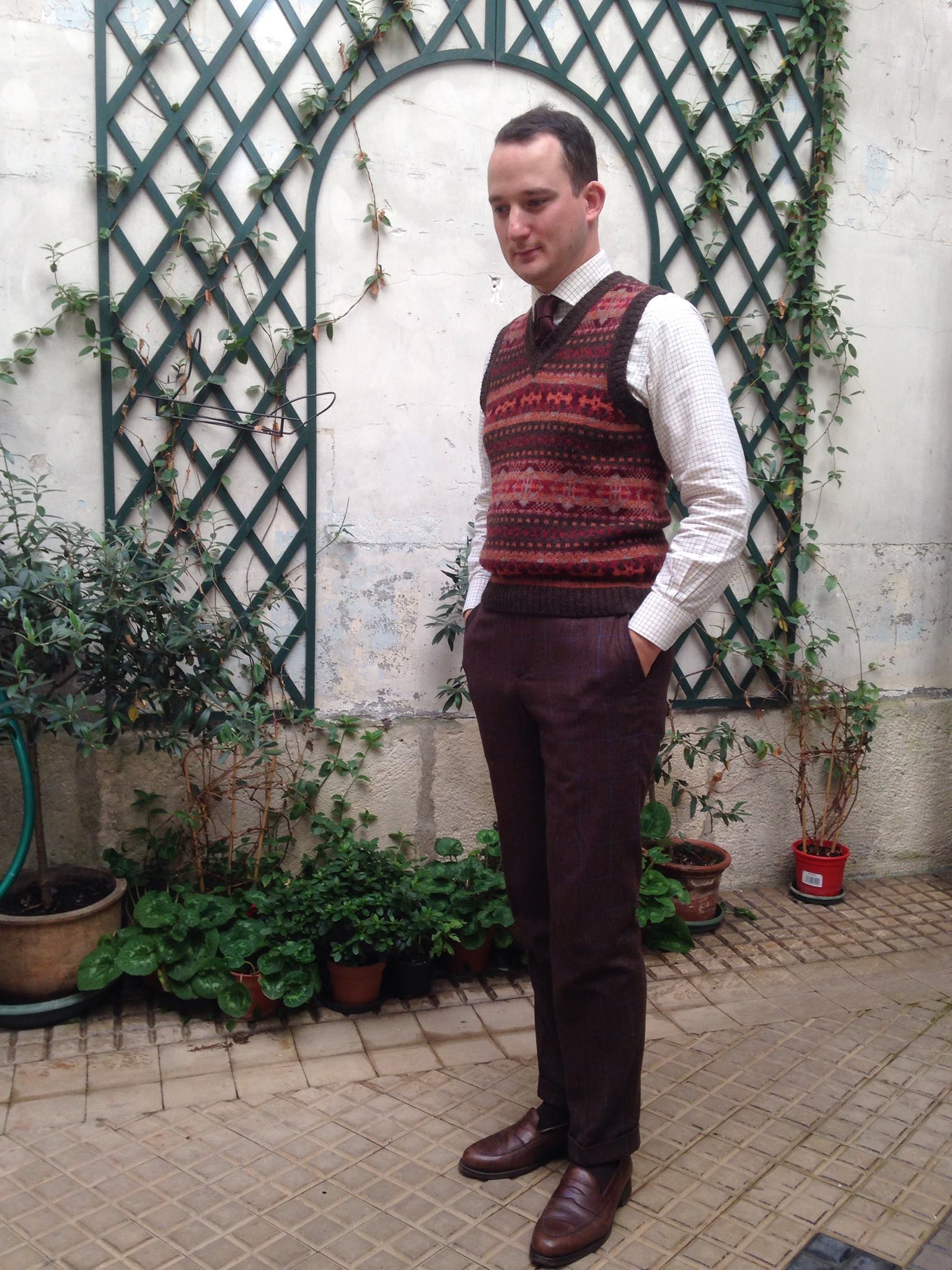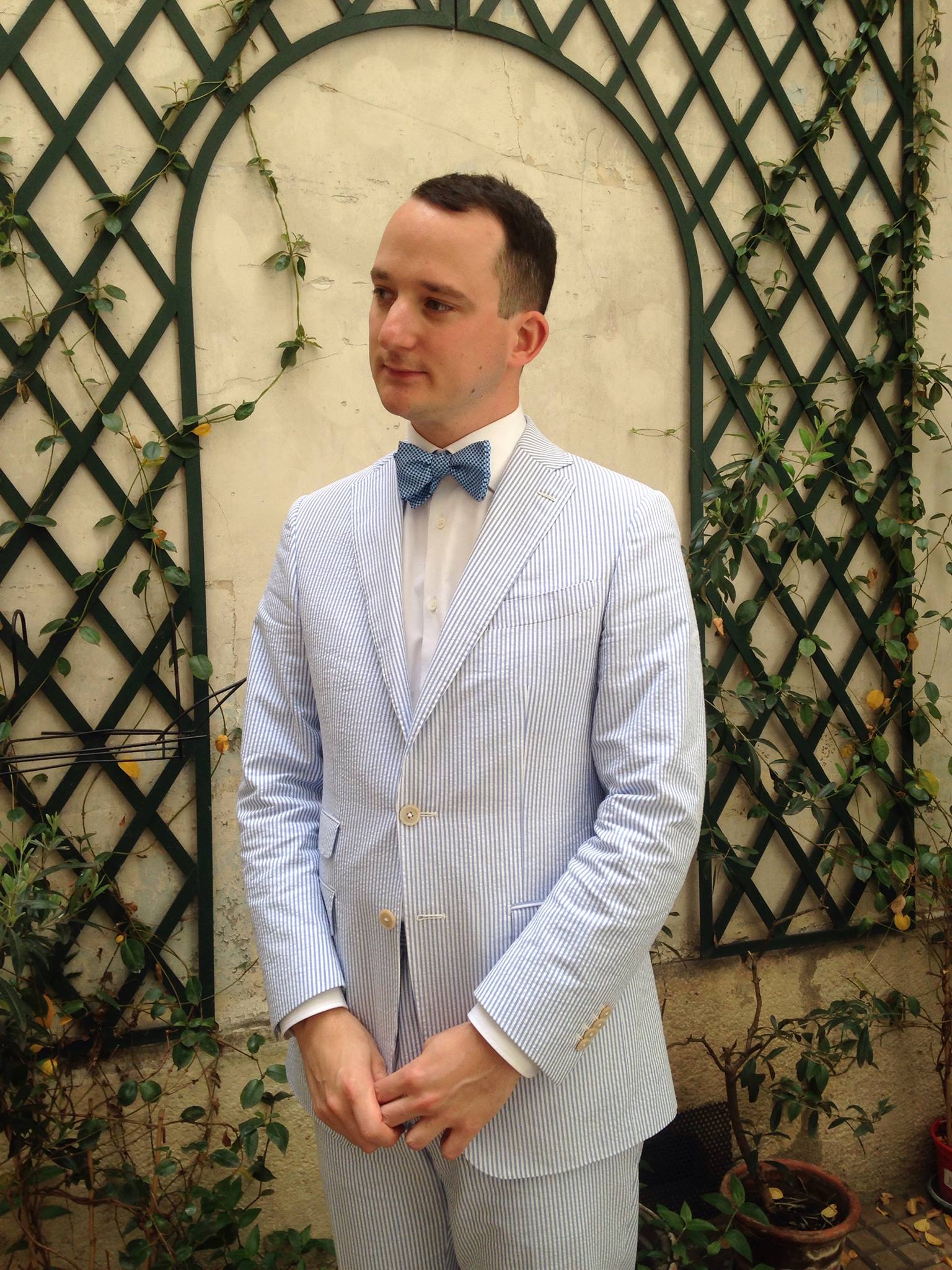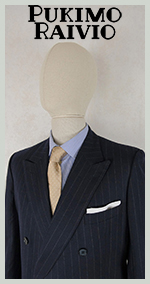The popularity of quality clothes in Japan
0November 23, 2017 by Ville Raivio
“Analysts estimate that 20 percent of all luxury goods are sold in Japan and another 30 percent to Japanese traveling abroad – meaning Japanese buy half of all luxury goods.
The Japanese love of Western luxury goods is a relatively recent phenonmenon, In the 1960s and 70s, the Japanese economy flourished, giving birth to a newly flush middle class that wanted to live a more ostentatious life. Grand homes or vast real estate holdings – generally the most blatant way to enjoy as well as exhibit one’s riches – was a near impossibility in the densely populated nation of Japan, Instead, the Japanese chose to show their wealth by dressing richly, and, for the postwar generation, Western luxury items such as leather goods, silk scarves, furs and jewels were the ultimate status symbols.”
–Dana Thomas in Deluxe: How Luxury Lost its Luster
Category Japanese Style, Quotations
Minimum Squared wallets
0November 22, 2017 by Ville Raivio
Minimum Squared is a small wallet company founded by a couple, an engineer and teacher, who couldn’t find what they searched for in stores. Bored with large, space-eating wallets and miniscule ones with little room, they decided to offer such conveniency themselves. Their first model, the Slim Wallet with Elastic, won a Red Dot design award in its first year in 2016. Since then, Minimum Squared has designed several new models for the range. All wallets are made to order in Spain, folded and hand-sewn from calf- and goatskins by reputed tanneries, such as Harmatan&Oakridge in England and Horween in America. MS sent over their Slim Wallet model for Keikari’s perusal.
The wallet is made from Horween’s dark brown Chromexcel and the customer gets to choose the thread colour from six options. The piece is 9.2 cm long, 6.8 cm wide and 1.5 cm thick, which make for a size that fits most pockets easily. Minimum Squared’s wallets arrive with a set of leather clippings that show their range as well as a card as proof that the company is a member in Valencia’s artisans’ community. The Slim Wallet is based on their design award winner but lacks the elastic thread. The company recommends storing up to ten credit cards inside so as not to stretch the calfskin, while the back has room for many bills. The medium-sized stitches are even and the leather feels smooth, with a strong smell. The wallet seems to fit the bill nicely.
Category Accessories, Web stores
Gay Talese’s tailoring roots
0November 5, 2017 by Ville Raivio
Continuity from Particle Media on Vimeo.
Category Style Icons, Videos, Writers
Dana Thomas: How Luxury Lost its Luster
0October 31, 2017 by Ville Raivio
Dana Thomas deals with style. She worked as the culture- and fashion reporter for Newsweek magazine in Paris for 13 years, and has written about the subjects for international magazines. She has also taught journalism at university level for three years. Deluxe: How Luxury Lost its Luster is her insider’s view and research about the rawness of fashion business in the 20000s. With the help of a fashionable press card and suitable contacts she gained access to manifold workshops and factories, which the usual consumers only see through glossy brochures. Published in 2007, the opus rose to reach the coveted list of New York Times best sellers. The book’s main thesis is clear enough: the trade in fashion and luxury goods, worth over 100 billion euros annually, attracts businesses to shenanigans in order to maximise their profits ever higher. Many fashion houses have started with a different ethos, however. They have once gained repute with high quality, artisanal or commissioned or groundbreaking, and later on devolved to selling mediocre goods with large logos and huge advertising campaigns. The so-called luxury has lost its luster.
The publication is split into three parts and its chapters deal with the beginning of current-day fashion business, the conglomeration of the largest groups, the globalisation of trade, celebrity endorsements, perfume trade, the position of ladies’ handbags, silk, fabric weaving, clothes manufacturing, the spread of street stores, fakes, the future of the fashion trade — and lastly, the pampering of VIP-customers that’s becoming ever more impossible. On her dozens and hundreds of trips Thomas has talked with countless of people in the business of fashion. What she has seen and heard speaks ugly truths about the trade, in which most of the largest businesses have abandoned quality for mammon. Handwork has been replaced with machine work, European manufacturing with Asian, own factories replaced with contractors or sub-contractors, materials and inner structures have been replaced with cheaper bits — and money rules all. Huge advertising boards keep up the “brand” concepts and remind their viewers about the “quality” that often times does not ring true. A random figure from the book tells us that some 40 companies hold sway of over 60% of the trade.
Deluxe is an essential, eye-opening book for each man and woman who holds an interest in the business of clothing or fashion. It does not only deal with negative things or reveal the games of thrones behind the curtains, but also tells stories about the, usually small, artisan companies who still reach for the highest possible quality. The reader will find out which perfume makers, for example, favour natural scent materials, which companies have been anointed to handwork, and which kinds of clothes are worth their price. With rising economies in Africa and Far East, more people can afford a fashionable good or two in the 2000s. The trade in so-called luxury goods has risen steadily despity global economic crashes. To sum up the book, and to quote my favourite writer, G. Bruce Boyer: more people are interested in luxury than before but despite the interest, artisans and crafts are dying out.
Interview with Julien Scavini
0October 15, 2017 by Ville Raivio
VR: Your age and occupation?
JS: I am a 31-year-old tailor based in the 7th arrondissement of Paris, France.
VR: Your educational background?
JS: I grew up in Biarritz, in the Basque Country, in southern France. I started my Architectural studies in 2004 and graduated from the École Nationale Supérieure d’Architecture Paris-Malaquais in 2008. However, during my studies I have done internships which led me to discover the background of architecture. A lot of hours on the computer, not a lot of talking, not a lot of interesting projects. Always legal questions and matters. And during my last years of studying, I grew tired of avant-garde architecture, based on post-modern theories of Bourdieu, Derrida or Foucault. As a result, I no longer knew what architecture was about. However, this experience opened my mind. I understood that I needed rules and a ‘canon’ to think inside a structured universe. I thought about learning cooking because is has rules too. But I preferred style and fashion. This lead me to tailoring. I read a lot about men’s classical wardrobe during the last year of studies.
As a result, I have joined the School of Tailoring, whose headmaster was the Master Tailor Guilson. It wasn’t easy at first! I had to learn how to sew from A to Z. Of course, I stitched my fingers under the sewing machine; yet, as I had a very structured idea of men’s fashion, I had an advantage over the other students. I knew what was a three-piece suit, the difference between a morning coat and a tail coat, when, where and what to wear with those, etc… As I entered the school, I started a blog called Stiff Collar. The goal was to share as I was learning about the making of a suit and rules of tailoring, and to defend it to some extent!
VR: Have you any children or spouse (and how do they relate to your tailoring enthusiasm)?
JS: not yet :)
VR: …and your parent’s and siblings’ reactions back in the days when you began?
JS: They were surprised. As my father was an engineer, he was rather doubtful. My mother was very curious and supportive. These days, the overlap between very different educational backgrounds is seen as a skill and a positive thing.
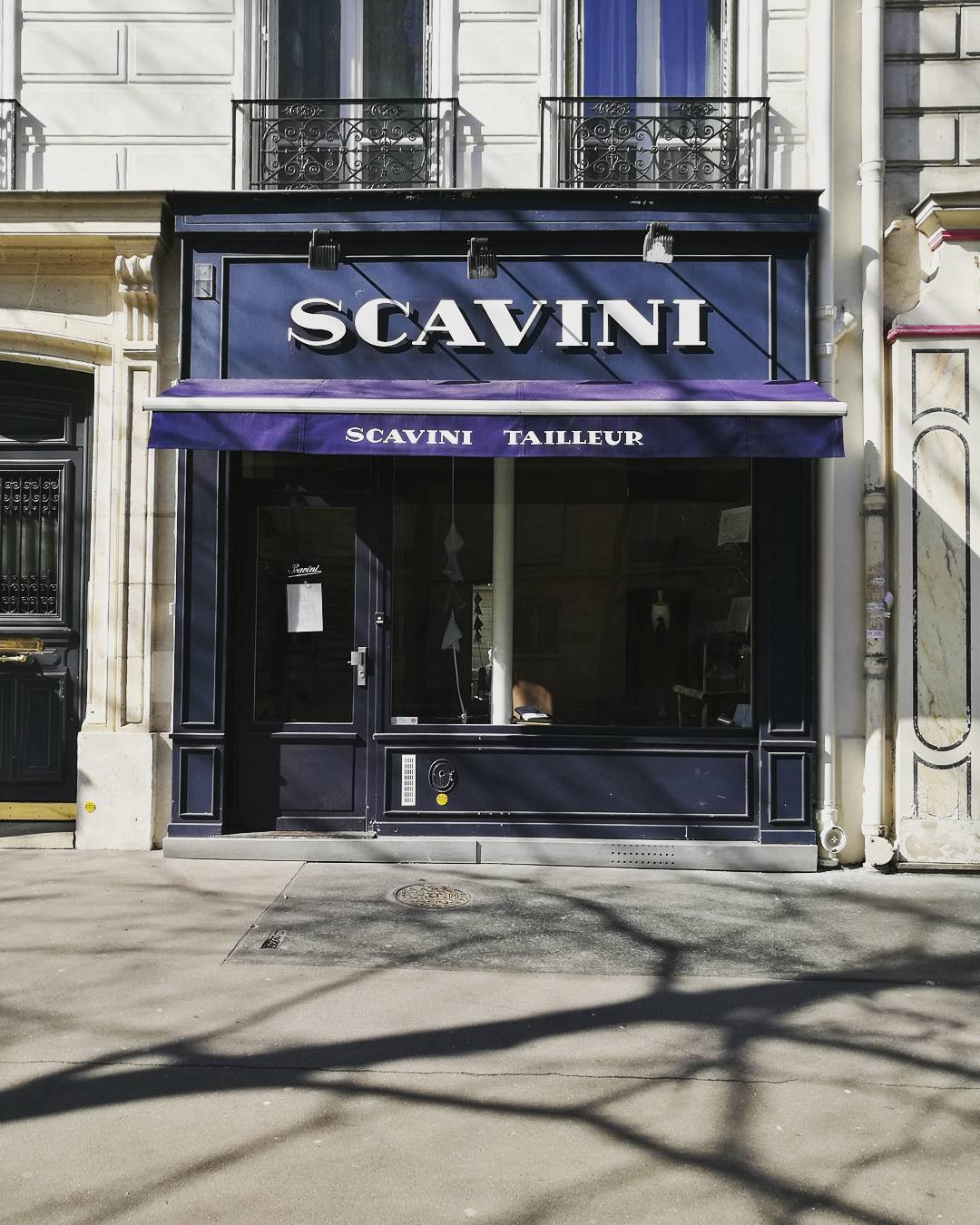
VR: What other hobbies or passions do you have besides apparel?
JS: Aviation — I am about to publish a book about the Roissy-Charles-de-Gaulle airport! I am fascinated by civil aviation: I rarely spend a day without going to see the website airliners.net. I even started taking private piloting lessons. But I need time, which I have not. Alas.
My pleasure is always to discover new things, particularly in science and technics. I love watching How It’s Made on Discovery Channel. This is why I am so interested by the factors of a suit.
I am interested in old cars too, particularly old Bentleys and Rolls. I am a big fan of English taste and style. Castles like Howard and Blenheim, perfumes from Penhaligon’s, the spirit of the Yorkshire Dales. Curiously, I travel much more in USA than in England. I enjoy a lot the smiles and friendliness of Americans. I love observing the real American way of life in the small cities across USA. I love particularly the architecture of New England, its brick and with stucco. The young republic style visible in the East.
VR: How did you first become interested in clothing and when did you turn your eyes towards classic style? Why classics instead of fast fashion?
JS: I have always liked to be well-dressed and attentive to fashion. As a teenager, I was always at the peak of fashion in the Basque Coast. It was a fashion that was all about the sun and surfing. So I was wearing a lot of Billabong. For shoes, I was in love with the Chet Thomas IV model from Globe! A collector now. When I came to Paris, I understood that my loose-cut jeans, hoodies and my skater shoes were not fit for the architecture world. So I started to wear black turtlenecks and black coats and black trousers and black shoes, as all architects do. But with white tennis socks! Haha!. And that was a bit eye-brow raising. But I swiftly understood it wasn’t me.
At the time I was fascinated by the marvelous Hercule Poirot, iTV series and later by Brideshead Revisited from BBC. Needless to say, I deeply fell in love with the classical style and elegance of it. Even my architectural taste evolved towards a more classical approach, based on symmetry and harmony of the classical lines. As for fast fashion, it never was my cup of tea but I was good customer of Hackett, which has helped in the development of my classical taste.
VR: How have you gathered your knowledge of tailoring– from books, in-house training, workshops or somewhere else?
JS: I really like to study men’s fashion throughout the ages. I really like to read vintage tailoring books and to try it just for fun!
In 2013, I was contact by Marabout publishing to write a book based on my blog. ModeMen is now translated into Chinese and Russian. In 2014, Le Figaro Magazin contacted me to write columns about men’s classic fashion and wardrobe. In fact, the blog was very pleasing for the editor-in-chief and he wanted something like that inside the weekend edition. From that point, I published 150+ columns, always with one of my drawings. A book was published last year with the first hundred texts.
The same year, BBC France also contacted me because they adapted to French television The Great English Sewing Bee and they wanted a young tailor to replace Patrick Grant. The program, called Cousu Main (Handmade), is now on air for the third season.
I also published a small book, Du Fil Au Crayon, only on Amazon with all of my drawings. A translation From Yarn to Pencil will be launched in few days on Amazon too.
VR: How would you describe your own dress? How about your “house cut”?
JS: I like to wear a suit, by opposition to an odd jacket outfit. I like it for its simplicity. Although I have, as well, some more daring outfits I personally like to keep it simple. A blue, grey suit, a discreet suit in a way. It is very paradoxical. I love so much the Paul Stuart style or Arnys. But each time I try them, I don’t wear the clothes often. I return to a classical navy and charcoal suit…
As for my house cut, we don’t have any specific one as we are working with custom-made suits. Moreover, I think that I am far too young to have yet discovered my cut!
VR: Please tell us when you decided to set up your own store, and what goals you set for yourself in the beginning. How have you been received so far?
JS: Because of knowledge gained at my apprenticeship with master Guilson, I knew what was bespoke. I knew the exigence within. However, I didn’t feel like staying for a decade in a workshop. I didn’t have it in me. So I decided to open my own shop and try to do a beautiful custom-made company that tries to be as close as possible to bespoke. I knew that I wanted to do full-canvas suits. So I started to work with an Italian workshop, Sartena. I bought their shop in Paris and renamed it Scavini. Later, I found another workshop, less expensive and located in Eastern Europe, which allowed more affordable prices without compromising the quality. Nowadays I am proud to say that my suits have contributed to raising the quality of the custom-made market of Paris.
VR: Why did you want to sell ready-to-wear trousers as well?
JS: It all started as soon as I understood that not all my clients wanted to invest in tailored odd trousers. Yet, when they tried to buy it prêt-à-porter, they were very disappointed. So I decided to develop a prêt-à-porter brand that would combine the savoir-faire of a tailor, excellence in fabric and a fair price.
VR: Why should my readers visit Scavini over other French tailors?
JS: Interesting question! I think they would be interested in a refined, European product. France is literally in between the United Kingdom and Italy, and our product is a reflection of it: we produce a very structured english-like suit with the softness and details of the Italian tailors. Our suits are fully canvassed, with a lot of handmade details, such as the Milanese buttonhole. The price range is 1150€ for a made in Europe model and 1600€ for an Italian-made one. I think it is a cheap price compared with the price in USA, often over 2500$ for an italian suit.
Lastly, it is important to note that we only meet clients through appointments: we like to take the time to discuss, to discern the clients’ personality, in order to make the suit as close to one’s desire.
Moreover, our suits are made to last at least a decade, which is usually rare and expensive. It is all about the small details! For example, our pockets are sewn from the inside, that way they won’t rip!
VR: Who or what inspires you?
JS: I really like Ralph Lauren, Brooks Brothers, Alden: very traditional products, houses with an acquired taste for subtle and sophisticated elegance. In France, Arnys was comparable, but since it has disappeared, I have more and more grown fond of Paul Stuart. I like old ‘maisons’ (brands) with a history of classical taste. Maybe a bit confidential. Paul Stuart, Arnys or Charvet, for example, are a bit ‘surrané’ (outmoded could be the translation but the word is not correct). A way of thinking in the old-fashioned spirit. Really difficult in the world we live in. I am impressed that these sort of brands could resist a too young, close-to-the-body fashion.
VR: What’s your definition of style?
JS: To be elegant is to be always appropriately dressed: I do not dislike sneakers if it fits into the situation. I also don’t like to be over-dressed. I like the elegance of the gentlemen and not the one of the dandies. The greater elegance is not to trouble the one who lacks it.
VR: Finally, in your point of view, what features do “good clothes” have?
JS: Resistance, durability and comfort. But more than anything, good clothes must correspond to one’s mind and make one confident in oneself.
Category French style, Interviews, Tailors, Web stores
Copyright © 2013 Ville Raivio

